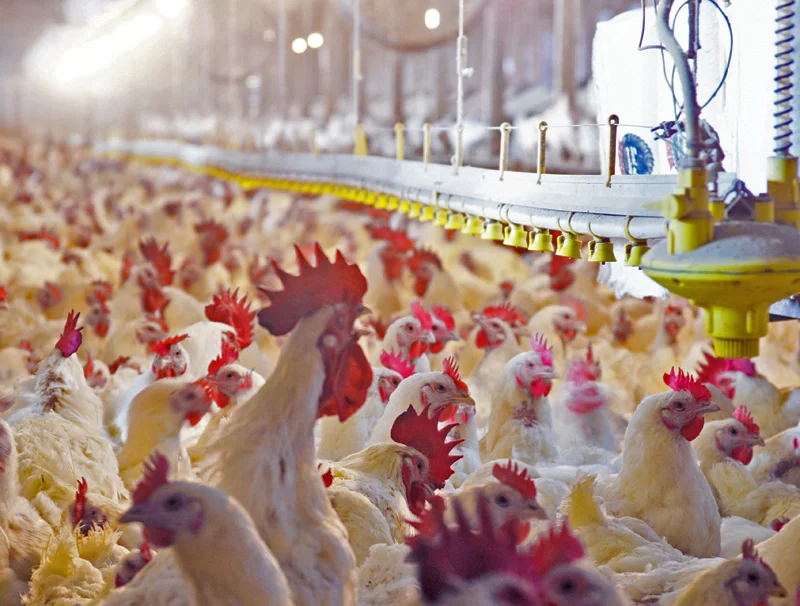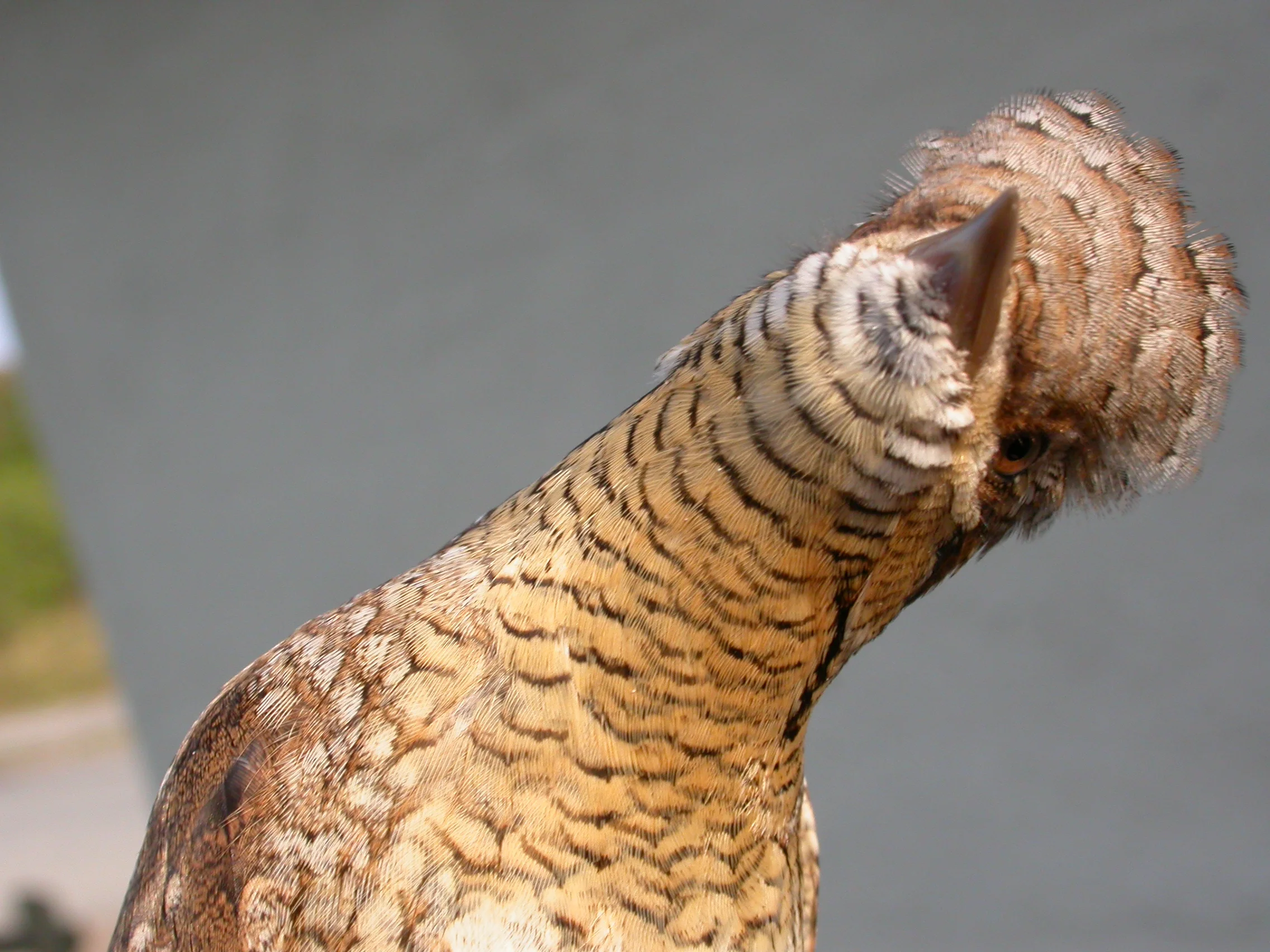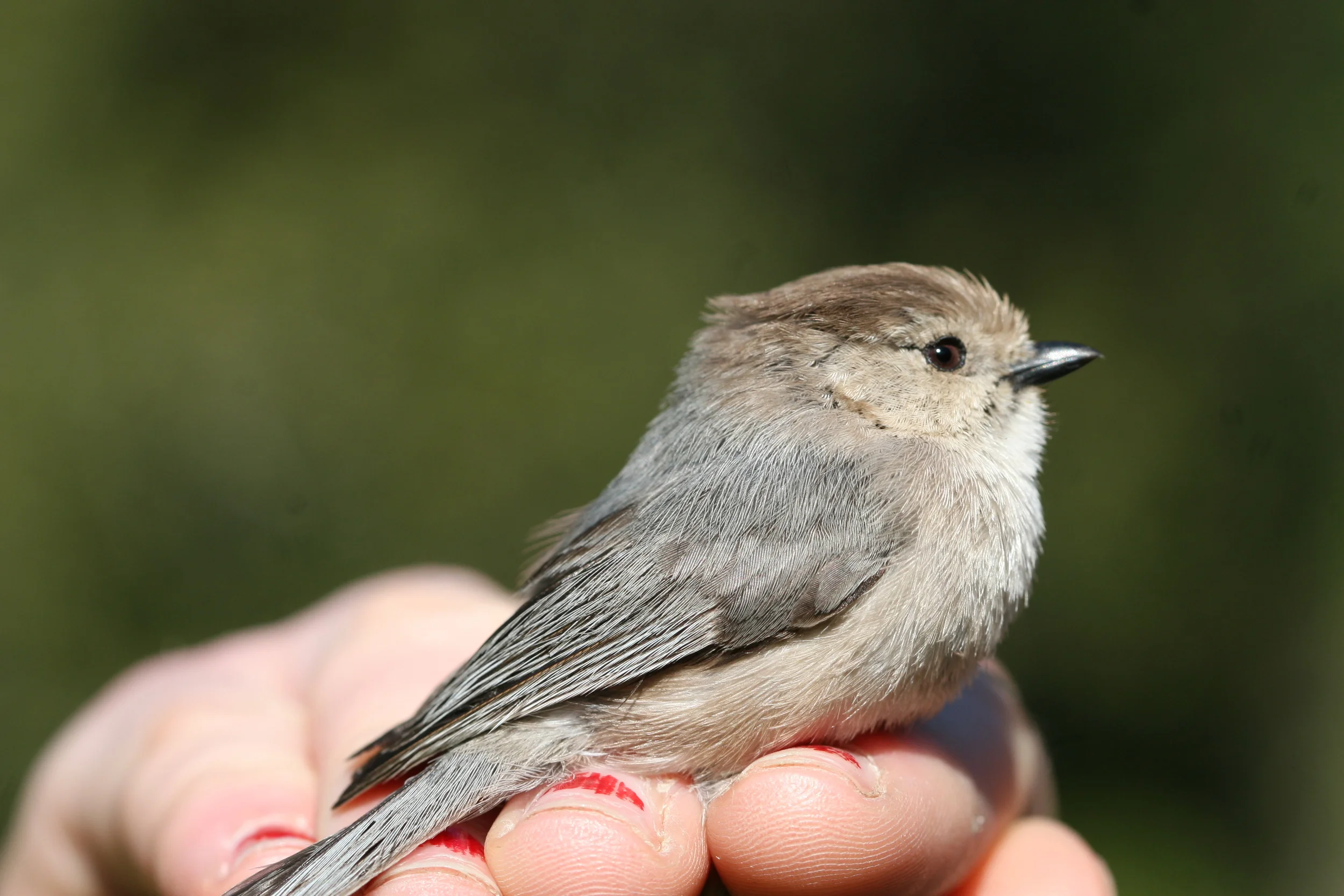Sustainability of biological systems in the 21st century
Sustainable solutions from applied evolutionary biology
Evolutionary biology provides an integrative and mechanistic framework for the study of solutions to the societal challenges that originate from living systems. Whether we are concerned with human health, food and natural resource security or the preservation of biodiversity and ecosystem services, evolutionary biology help us understand why some organisms are struggling to stave off extinction and others are adapting quickly to proliferate under current global environmental changes. Further, when we apply this knowledge to the future, evolutionary biology is showing itself as a good starting point for predicting the likelihood of desired or unintended consequences of human practices in biological systems.
I am currently involved in a multidisciplinary synthesis of how applied evolutionary biology is currently helping or in the future could help solve some of the global challenges of the 21st century. While we work towards publication of this synthesis I can direct you to a pre-print available as chapter eight in my PhD thesis.
Two past projects on summarizing the practical application of principles of evolutionary biology, and evolutionary principles possible contribution to environmental management and policy, are available as open-access papers in a Special Issue of Evolutionary Applications (follow the links).
Macroecological consequences of global change
Global change dynamics in European and North American breeding birds
This research project seeks to understand the general consequences of climate change and land-use change on the avifauna of Europe and North America. In particular, the project combines the valuable data sets collected year after year by thousands of volunteer birdwatchers on both continents, known as the European and North American Breeding Bird Surveys. The project builds on research carried out in my MSc thesis in an ongoing collaboration with European Bird Census Council and its Pan-European Common Bird Monitoring Scheme.
In the project we particularly seek to answer four questions:
1) Can the long-term consequences of climate and land-use change be predicted by looking at short-term population fluctuations?
2) Does climate change lead to less stable large-scale population dynamics?
3) How comparable are the effects of climate change on the avifauna in Europe and North America?
4) What are the consequences of recent climate change for populations of migratory song-birds that breed in Europe or North America and spend the winter in the African or Latin American Tropics?
While we work towards the publication of manuscripts addressing these questions you can find pre-prints available as chapter three through six in my PhD thesis.

















